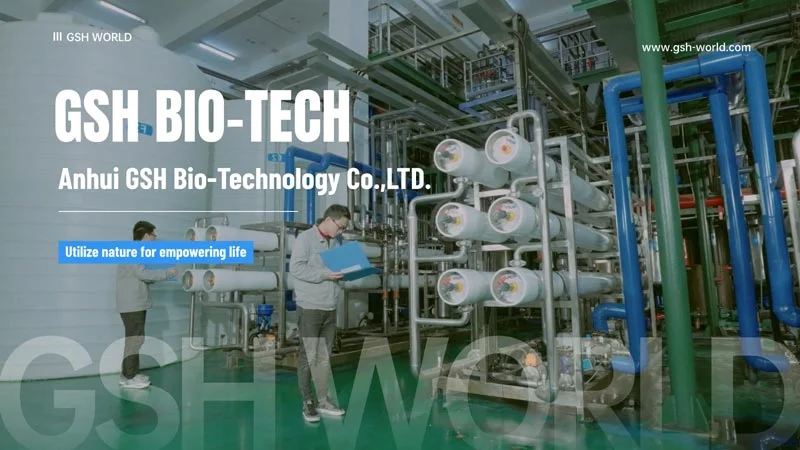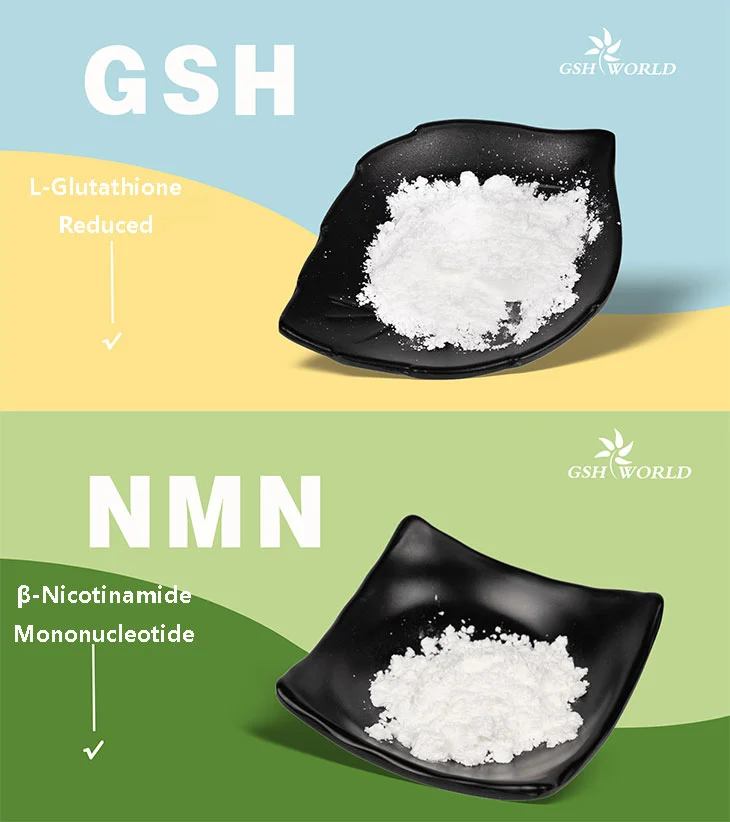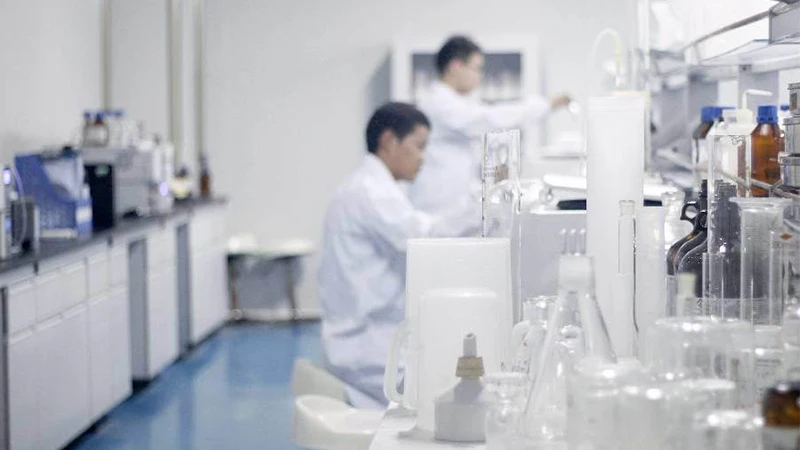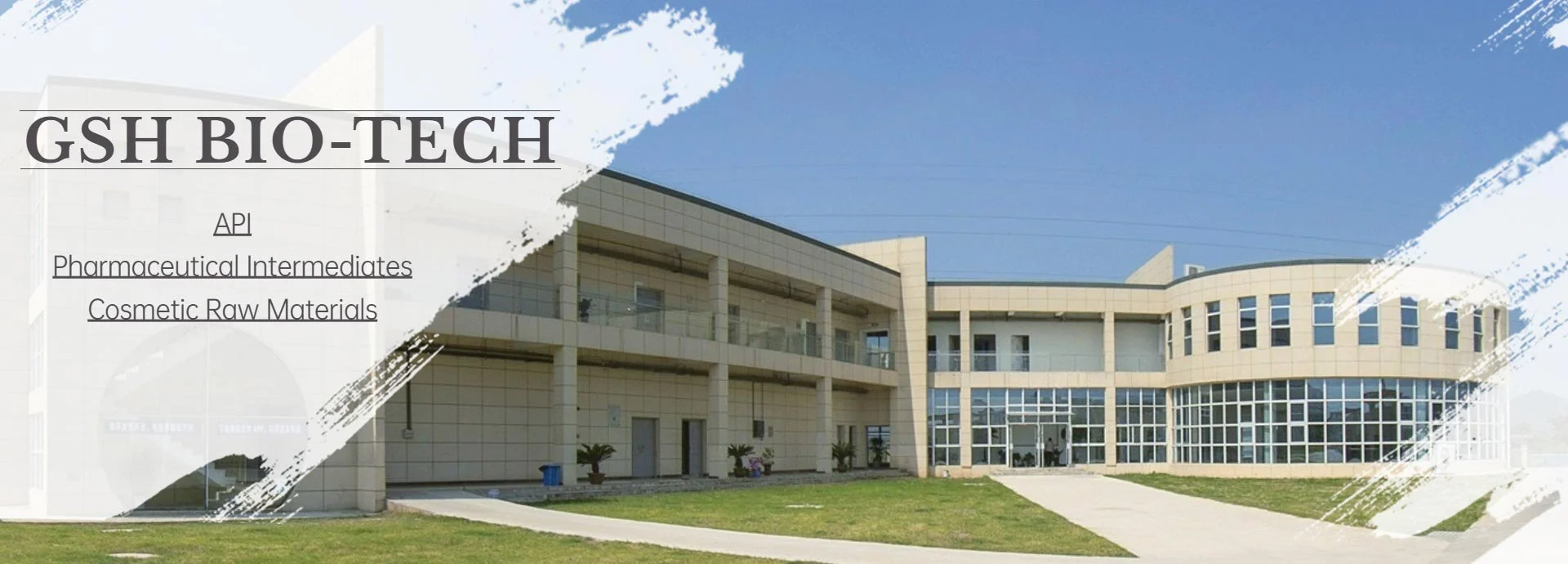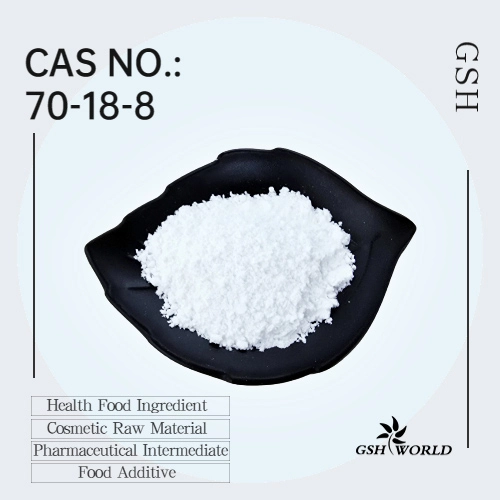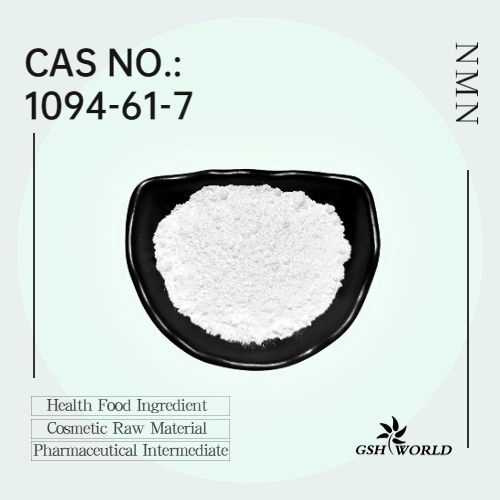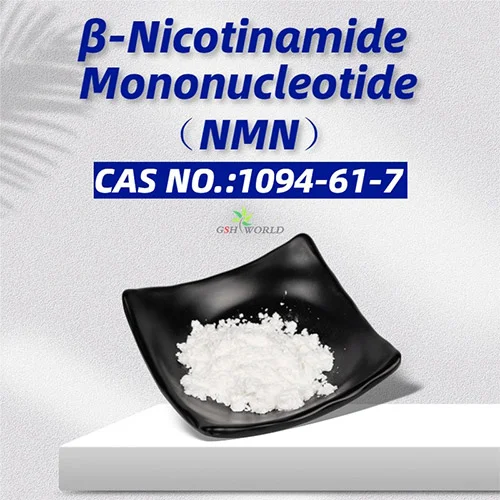Multiple Roles of Glutathione in Aquaculture
Glutathione (GSH), as an active tripeptide widely present in organisms, has shown multi-dimensional positive effects in aquaculture. Studies in recent years have shown that it effectively improves the growth performance and health status of farmed fish by regulating the antioxidant system, metabolic pathways and immune function, providing a new direction for efficient and green aquaculture.
Improve growth performance
In terms of growth performance improvement, glutathione supplementation can alleviate the inhibition of fish growth by high-fat or stressful environments. Studies on hybrid crucian carp have shown that the addition of glutathione to high-fat feed can significantly increase its weight gain rate and specific growth rate; in triploid rainbow trout, glutathione can reduce feed coefficient and increase daily average feed intake. This effect may be related to glutathione promoting nutrient absorption and protecting the integrity of the intestinal mucosa. For example, the gene expression of peptide transporter PepT1 and amino acid transporter SLC1A5 in the intestine of rainbow trout was significantly upregulated, which enhanced the efficiency of nutrient utilization.

Antioxidation and immunomodulation
Antioxidation and immunomodulation are the core functions of glutathione. In the experiment of hybrid crucian carp, glutathione can improve the total antioxidant capacity (T-AOC) and superoxide dismutase (T-SOD) in serum and liver, and reduce the content of lipid peroxidation product malondialdehyde (MDA); in the skin mucus of Taimen juveniles, glutathione can increase the activity of superoxide dismutase (SOD) and catalase (CAT), while downregulating the expression of inflammatory genes such as tumor necrosis factor (TNF-α) and interleukin (IL-1β, IL-6), and reduce the inflammatory response induced by lipopolysaccharide by inhibiting the NF-κB pathway.

Improve metabolic disorders
In terms of metabolism and quality regulation, glutathione can improve lipid metabolic disorders caused by high-fat diet. In the liver of hybrid crucian carp, 400-600 mg/kg glutathione can downregulate lipid synthesis genes (dgat2, srebp1), upregulate lipolysis genes (hsl, lpl), and reduce liver fat deposition; at the same time, it can optimize muscle quality, increase the hardness and chewiness of hybrid crucian carp muscle, reduce muscle fiber diameter, increase polyunsaturated fatty acid (PUFA) content, and improve edible value.
Optimize intestinal health
In addition, the optimization of intestinal health by glutathione cannot be ignored. After adding glutathione to the feed of triploid rainbow trout, the thickness of the intestinal muscle layer increased, the activity of antioxidant enzymes increased, the diversity of the flora increased significantly, the abundance of pro-inflammatory bacteria decreased, and the abundance of beneficial bacteria increased, maintaining the balance of intestinal microecology.
In summary, glutathione plays a comprehensive role in improving growth, improving quality, and enhancing stress resistance in fish farming through antioxidant, immune regulation, metabolic regulation and other pathways. In the future, it is necessary to further optimize the application plan in combination with the characteristics of the species and the breeding environment to promote its large-scale application in green aquaculture.
References:
- [1] Tang Z, Li C, Xu G, et al. Effects of dietary glutathione on growth performance, muscle quality and lipid metabolism of hybrid crucian carp (Carassius auratus cuvieri♀× Carassius auratus red var.♂) fed a high-fat diet[J]. Reproduction and Breeding, 2023, 3(3): 89-98.
- [2] Wang C, Lu S, Fan Z, et al. Effects of dietary glutathione on the growth performance, skin mucus antioxidant capacity, and immune responses of juvenile taimen Hucho taimen[J]. Aquaculture International, 2022, 30(6): 2871-2884.
- [3] Wang C, Su B, Lu S, et al. Effects of glutathione on growth, intestinal antioxidant capacity, histology, gene expression, and microbiota of juvenile triploid Oncorhynchus mykiss[J]. Frontiers in Physiology, 2021, 12: 784852.
*Special note - This article is for informational purposes only and cannot replace a doctor's treatment diagnosis and advice. It should not be regarded as a recommendation or proof of efficacy of the medical products involved. If it involves disease diagnosis, treatment, and rehabilitation, please be sure to go to a professional medical institution to seek professional advice.
by GSHWORLD
GSHWORLD is China Biological API Manufacturer. China Glutathione Supplements powder suppliers & best Glutathione benefits raw material Factory.

